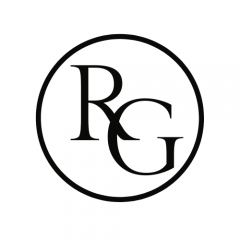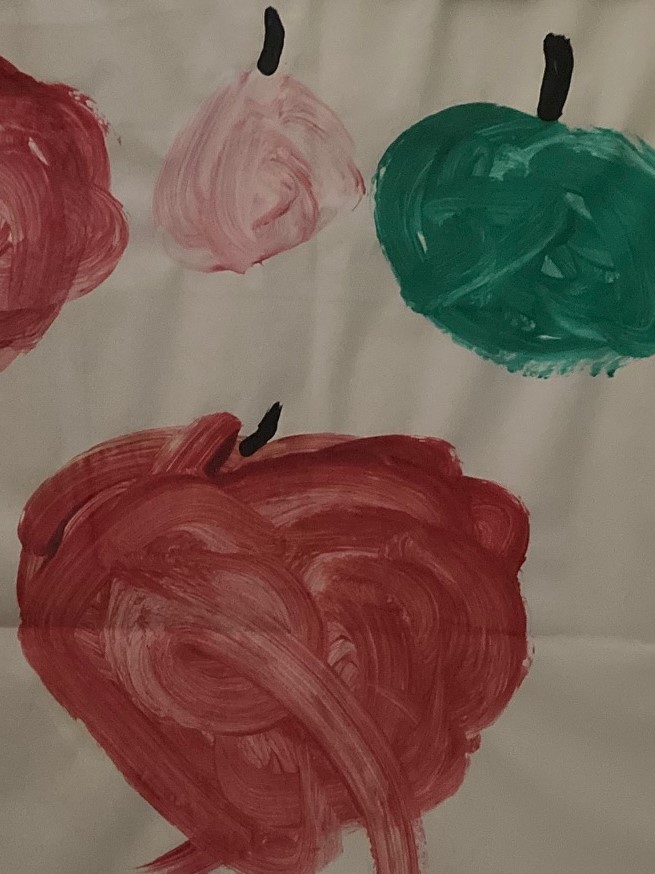I was taking to my friend Emma yesterday about what we were doing to keep it together during Melbourne’s second Covid19 lockdown. She knits and I crochet. I said I found crochet relaxing and mindful as I could just create patterns and shapes with no rules. Emma said she didn’t find knitting that relaxing, probably because she was focussed on finishing the item, following the pattern and she wasn’t enjoying the process enough. This led on to how we cooked. I use a recipe as inspiration and then make it up. Emma follows a recipe exactly. Emma’s results are no doubt much better than mine in the kitchen, and I can only hope that I strike a reasonable balance between the enjoyment I get from creating a meal with the enjoyment my family gets from eating it. Debatable, perhaps.
The surprising thing about Emma’s & my approach to cooking and textiles is that Emma is an architect and one of the most creative people I know. I’m an engineer and have been in manufacturing for almost all my career. It seemed that we behaved the opposite way from our work life in our down time. Perhaps we all need balance in our lives.
Unfortunately our permitted one hour lockdown exercise hour was up before we could dig much deeper into the issue of process vs product, creativity and innovation, but it got me thinking more about it and usually when I get ideas swirling in my head, I like to write them down. Hence this article.
Innovation & Lean
I sometimes hear that Lean stifles innovation as it is focussed on standard work. This view sees standard work as static and does not include the continuous improvement element of lean thinking. Standard work is just a tool to enable effective communication. Standard operating procedures and other standard work is a way to document the best process we know today. It’s a way to train new people and capture some of the years of experience that many have so there is less learning through trial and error. Data or drawings displayed in a standard way make them easier to read and interpret. It’s applicable to any industry or workplace as it’s about getting the basics right and easy, to free up headspace for innovation or ideas. If we come up with a better way to do something tomorrow, we will update the standards to reflect the changes.
Creative people often don’t need to document their processes as they are working alone, so the need for effective communication isn’t there. But most will have a process they follow to get the results they want. If they have a team working with them, they will want that team to follow processes, so they are aligned with whatever their creative vision is. The alternative tends to be chaos or confusion, a harder environment in which to create ideas and innovate.
Focus on the process, not the product
At kindergarten, both my children were prolific painters, usually on large pieces of paper and I remember asking Malcolm, their amazing kindergarten teacher, what to do with them. I thought I should keep them all but he suggested to focus on the process, not the product as that’s what the children were doing. Children will be imaginative when they are exploring and enjoying the process of creating and it doesn’t really matter what their painting looks like. Later on, school will focus on the product, or results. I’ve tried to remember what he said and recognise effort rather than results, as effort is something that individuals have more control over. Although, like I’m sure many parents do, I did still keep quite a few of my children’s paintings.
When I admire something that has been created, it’s easy to think that it was just created out of thin air. The painting, sculpture, recipe, film or book. The product. What I don’t see are the sketches, inedible meals, clips on the cutting room floor (pre-digital!) or chapters left out. Artists often have a vision of what they want to achieve, but if they just focus on the final product, they can get stuck with writer’s block or equivalent. They need to take the steps necessary to get to their vision. The process. This might include habits, have a working space, writing random chapters or characters to see how they fit, going for a walk or creating late at night. Each creative person will have a unique process and they may change that over time, but it’s still the best process they know today to create the product they want in the most effective way. Their standard work.
In lean, the overall continuous improvement cyclical process is plan – do – check – act. The creative process would be similar starting with an idea or vision and having many trials / sketches / revisions which will all inform the final product.
Manufacturing (by definition) makes products. It can be seen as repetitive or boring as you are doing the same thing every day, following procedures. The interest and excitement come from creating better procedures or processes, which will produce better / faster / cheaper products. If you only focus on the outputs (how many produced, how many rejects, cost to produce etc) you will miss opportunities to improve. Instead if you focus on the process – the inputs, you will have more control over the output, the product. That’s what lean thinking does.
Do you focus on the process or the product? What processes create innovation in your workplace?

